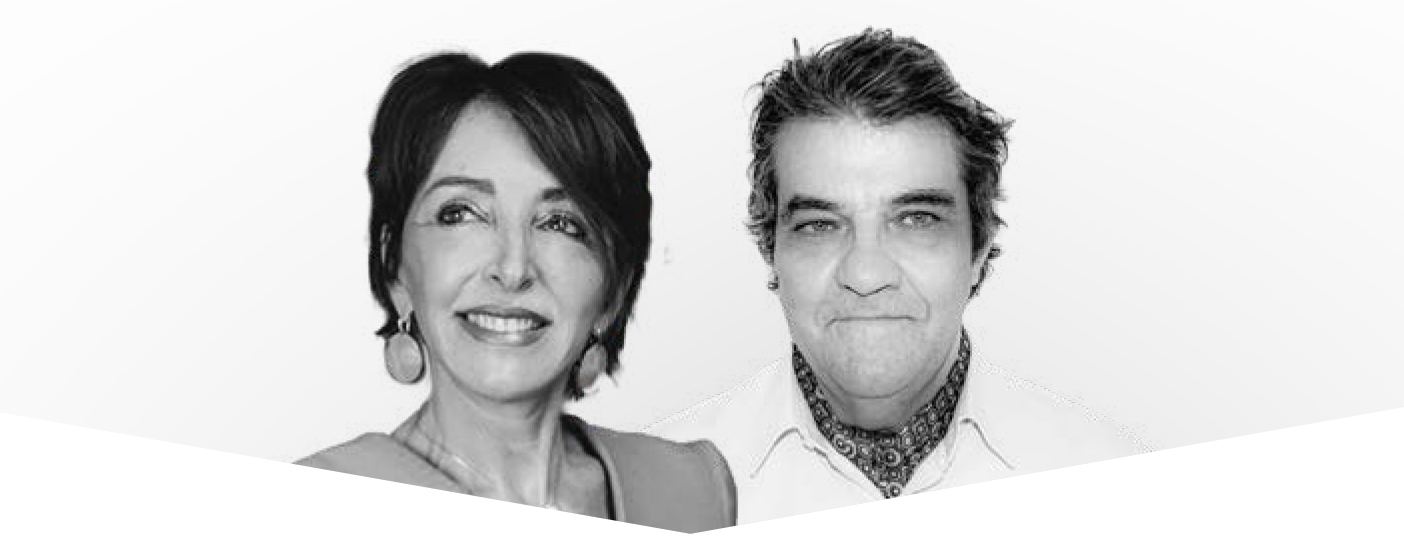By th Dr Valérie Leduc & the Dr Jean-François Bezot
Healthy mitochondria for health and longevity, life cannot exist without energy.

“Without the midi-chlorians, life could not exist, and we would have no knowledge of the Force.” Star Wars: Episode 1 – The Phantom Menace. Could the mitochondria be, in real life, what the midi-chlorians are in science fiction?
The mitochondria are organelles in which cell respiration occurs. By reducing the oxygen inhaled, they produce energy in the form of ATP.
70kg/day: extraordinary! This is what we call oxidative phos- phorylation.
02 + 4é + 4H+ => 2H20
A D P => A T P
This oxidative process is inevitable.
ATP synthase is made when electrons are transferred onto oxygen molecules, producing the essential energy for cell life.
Every cell contains several hundreds or even thousands of mitochondria, according to their energy requirements (neurones, cardiac and skeletal muscles, protective immune cells, detoxifying hepatocytes, etc.).
They are the “digestive systems” of energising micronutrients (mainly fatty acids, glucose and amino acids).
The mitochondrial DNA is naked and close to the electron transport chain (ETC) where this oxidative phosphorylation occurs. It is therefore sensitive to radicular attacks from the ROS (O2°, H2O2, OH°, etc.).
The most serious consequence is that these free radicals, if they are not balanced out by antioxidants, will attack the mitochondria and alter their composition (protein, lipids and DNA) as well as the cell in which they are contained (and its DNA). The older we get, the more free radicals are produced.
Over time, this damage leads to a reduction in the mitochondria’s energy production and then its death, which leads to the apoptosis of the host cell.
Analytical surveillance of the oxidative stress profile is vital if we are to avoid a breakdown in mitochondrial homeostasis and reduce these damaging oxidative lesions. Anything that can be measured can be managed. Mitochondrial dysfunction is at the heart of aging, senescence, apoptosis and all degenerative diseases connected with aging.
The anti-aging doctors that extol P4© medicine work to rejuvenate cell activity, boost cognitive performance and improve cardiac function. To preserve our vital energy, nutritional factors and lifestyle habits can help to improve our mitochondrial health.
This way we can create more mitochondria, ensure that the electrons do not stagnate in their ETC, and we can dissipate the gradient of H+ protons in the shape of heat.
A prescription for healthy mitochondria
Our mitochondria function determines our longevity.
To protect the mitochondria against oxidative damage and sti- mulate the growth of new mitochondria, micronutrition offers:
1. PQQ (Pyrroloquinoline quinone)
A veritable growth factor that promotes mitochondrial and antioxidant biogenesis that specifically protects the mitochondrial DNA. As it is not synthesised by the body, it needs to be provided in our diet: green peppercorns, tea, kiwi and parsley, and there is plenty in dark chocolate. RDA: 10 to 20mg
2. C0Q10
Acts like a shuttle to transport protons and electrons, and plays a key role in stabilising the cell membrane.
It is also a very powerful antioxidant for lipids (LDL cholesterol), proteins and the DNA. It is synthetised by the liver but its production drops with age, exposure to oxidative stress (smoking, pollution, etc.) and certain medicines (antidepressants, statins, etc.).
RDA: 100mg, preferably in liposoluble format for better assi- milation.
3. NAD
This also transports O2 and protons. It is produced less as we age.
By taking a supplement, we can stimulate ATP production which reduces chronic fatigue, improves cognitive function and mood swings by stimulating dopamine.
RDA: 10mg of NADH for 20 days.
Take on an empty stomach.
4. Erythrothioneine
Efficiently protects the mitochondria from the damage caused by free radicals.
This amino acid is present in high quantities in mushrooms. It is considered to be one of the longevity vitamins.
RDA: 25mg
5. Alpha-lipoic acid
Antioxidant that targets the mitochondria by increasing the cellular levels of NAD+ while lowering NADH. It enhances the anti-aging activity of the sirtuins, whose genes are involved in regulating the metabolism and in longevity.
RDA: 200mg
6. After essential analytic profiling, the group B “respiratory” vitamins (B1, B2, B3, B6, B12, etc.) will be beneficial and the homeostasis of magnesium (which transports ATP), in which we are often deficient, needs rebalancing.
7. We can include other molecules like acetyl-L-Carnitine which increases overall cellular respiration, D-ribose, N-acetylcysteine (NAC) which optimises the respiratory chain, and omega 3s for their role in the cell membrane.
A healthy, varied diet, rich in organically-grown vegetables, has an impact on the health of our mitochondria, as does calorie restriction or even intermittent fasting. Avoid polluted atmospheres and pesticides. A life based on epigenetics will have a positive impact on the health of the mitochondria.
Aerobic exercise, including cardio or high-intensity interval training, plays an essential role: when we exercise, the cells’ energy requirements increase, meaning that they produce more mitochondria and boost them.
The brand-new VASPER machine has come from the USA and was designed for NASA to speed up the recovery of astronauts after periods at zero-gravity.
It responds particularly well to the requirements of the mitochon- dria because its programmes can be personalised according to the fitness levels of each user, with 9 minutes’ warm-up, 12 minutes of HIIT and recovery, all in a cool environment with muscle com- pression of the quadriceps and biceps. These 21 minutes are equi- valent to 2 hours of intense sport, with all the connected benefits: hormone rebalance and cardiovascular disease prevention. Just 21 minutes for better performing mitochondria!
Mitochondria, skin aging and wrinkles
A change in the production of mitochondrial energy could play an important role in skin aging. In older people, the mitochondrial dysfunction of the fibroblasts in the dermis leads to a drop in the production of structural collagen protein in the skin, and of elastin, which promotes elasticity.
The skin suffers from wrinkles, dryness, sagging, a loss of suppleness, dullness and its ability to heal is reduced.
For young-looking and healthy skin, in order to age without looking old, take care of your mitochondria
The cosmeceutical industry, by adding C0Q10 to anti-aging creams and preparations, has understood this.
Light/LED therapy and particularly red light are useful for a rejuvenating boost as they increase the mitochondrial bioe- nergy.
Stem cells, regenerative medicine, cognitive decline…in the near future.
In regenerative medicine, improving the mitochondrial health of the stem cells allows us to find effective therapies for tissue regeneration in elderly people.
Maintaining the mitochondrial health is an essential strategy for preventing the decline of our mental faculties due to aging.
We are seeing true existential depression in patients, due to the COVID epidemic: chronic fatigue, depression, a loss of desire (particularly to work)…the “spectre of the great resignation” is watching and changing us. A programme based on nutrition and supplements, sport, stress management, optimism, positive thinking and sociability will allow us to reach a biological age lower than our chronological age, and this has been validated by an AI platform (@maison_epigenetic).
Boost the health of your mitochondria so that you can live lon- ger and healthier.
Stay energised and keep your mind sharp!
*Read more: The anti-aging programme by Professor Meningaud
 Dr Valérie Leduc
Dr Valérie Leduc
Angiology / Aesthetic medicine
Co-founder of the Maison Epigenetic Paris 75116 More information on drvalerieleduc.fr et sur maisonepigenetic.com
Dr Jean-François Bezot
Medical biologist. Pharmaceutical doctor, Paris. Pharmaceutical Faculty. Former house pharmacist in the Paris Hospitals. Has specialised in anti-aging biology and functional proteomics since 1988. Vice-president of the French Society of Anti-Aging Medicine. International conference speaker. More information on biopredix.com/fr/







